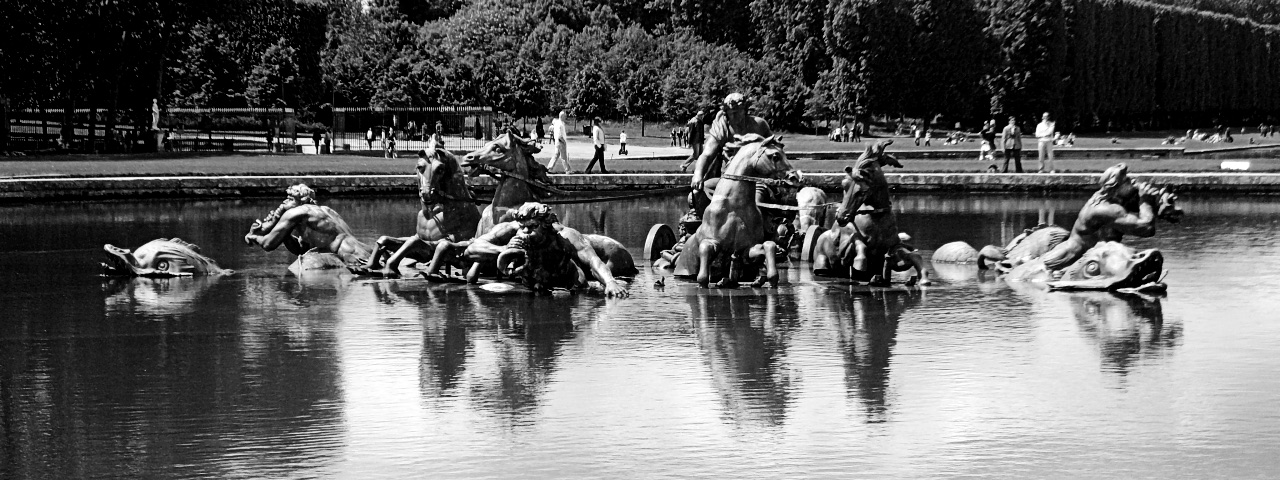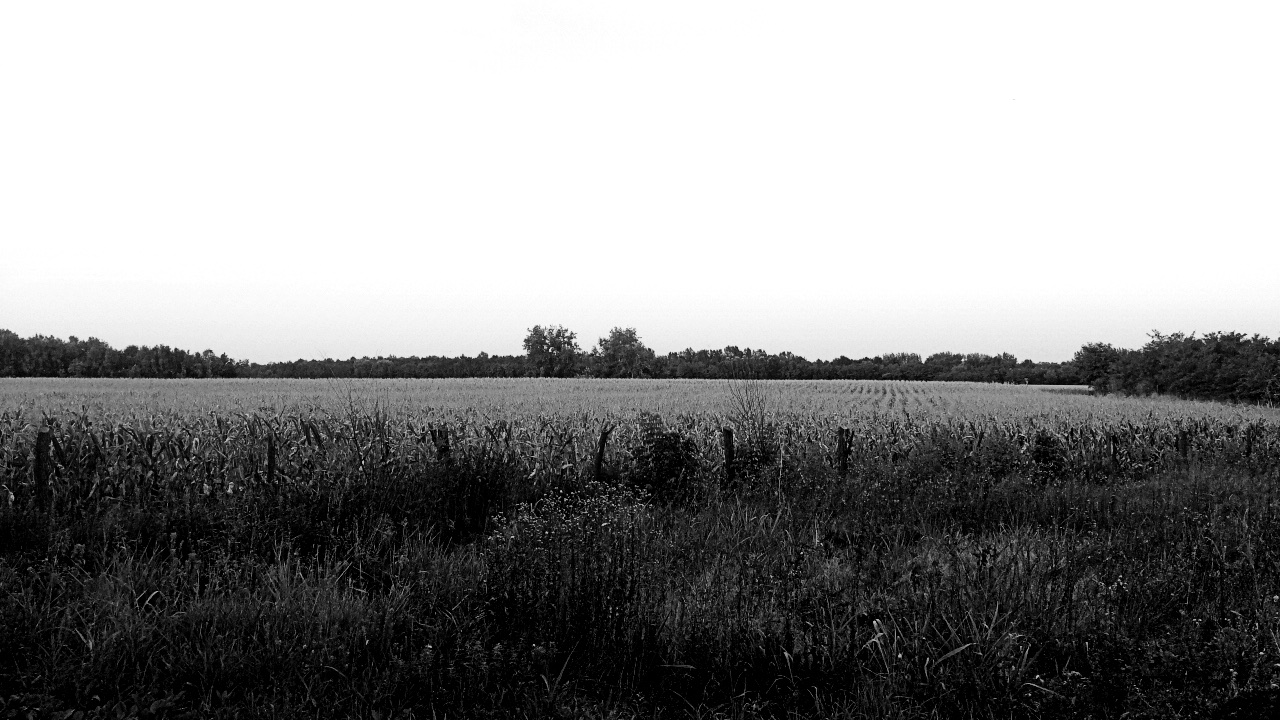Centuries ago, the Italian philosopher and priest Thomas Aquinas (1225-1274) wrote, “Good can exist without evil, whereas evil can not exist without good.” The good does not need evil, it can survive on its own, but evil clings to the good because it feeds on it. Much of what we are seeing and hearing in the news every day is about this clinging: It is an increasingly obvious and increasingly desperate attempt to convince good people to distrust – to join a seemingly omniscient alliance that operates like a suffocating overly protective parent, to fortify the old and mighty Empire of Distrust.
The 843 Dutch ‘prominent Christians’ –as public media NOS defined the group– who recently signed a declaration condemning people with particular political opinions, said they wanted to express neighborly love, but they did so through trying to convince people to distrust other opinions. At the same time, the UN Pact of the Future is expressing ambition for a more peaceful world, but they do so by trying to convince people that future generations can’t be trusted to make the right decisions.
Throughout the twentieth century, the appeal to distrust continuously changed in shape and form, it shifted from enemy to enemy, and nowadays it is often expressed in more generalized and unsubstantiated appeals. It is also important to note, as Sietske Bergsma points out in this podcast (33 minute mark), that in these expressions Biblical imagery is often used.
Resistance to this attempted expansion of the Empire of Distrust is coming from all walks of life. This is because people may hold all kinds of opinions, but trust or distrust is not an opinion. It arises from values, instincts, emotions and experiences. Only in a realistic, balanced inner and outer state can the signal of trust or distrust lead to harmony. An individual with biophysical blockages –a condition coined by psychoanalyst and biophycisist Wilhelm Reich (1897-1957) as ‘The Emotional Plague’– perceives reality differently than someone without blockages. The more accurate the sensory perceptions, the more realistic the levels of trust.
Trust is partially dependent on circumstances: the more chaotic the outer world, the more difficult it is for the inner world to trust. It is clear from often suppressed evidence (1), that the natural world is not one of chaos but of balance, homeostasis, and that a chaotic outer world can only be created by a chaotic inner world. In other words, evidence implies that Jean-Jacques Rousseau’s (1712-1778) worldview may be more accurate than the pessimistic one proposed by Thomas Hobbes (1588-1679), and that Viktor E. Frankl’s (1905-1997) psychological theories may be more accurate than the somber ones of Sigmund Freud (1856-1939).
Thomas Aquinas wrote about evil needing the good, but there exists another, little-known link between him and the workings of trust and distrust. The ancient monastery and library where Aquinas spent much of his time, Monte Cassino, between Rome and Naples in Italy, was bombed and destroyed in February 1944 during the Second World War. All armies, including the Germans, had given their word to the Pope not to attack the monastery, out of respect for the sacred place. For decades, historians believed the Germans had bombed it. Around 2000, however, it became clear that the British had bombed it (2). An officer had misinterpreted a German message, instead of ‘the abbot is in the monastery’ he heard ‘the battalion is in the monastery’, upon which the generals gave the order to bomb. They were convinced the Germans had broken their word and were inside the monastery, but it turned out they were never there.
- See for example thinkers and researchers: Donald Hoffman, Wilhelm Reich, Nikola Tesla, Jean-Jacques Rousseau, Viktor E. Frankl, Carl Jung, Eugene Mallove and many others.
- Clarke, Rupert. “With Alex at War, From the Irrawaddy to the Po, 1941-1945”. Pen & Sword Publishers, UK, 2000.




Great article Laura!
Especially:
¨It is clear from often suppressed evidence, that the natural world is not one of chaos but of balance, homeostasis, and that a chaotic outer world can only be created by a chaotic inner world.”
It is our perception colored by emotions like fear, acquired bias and unconsciousness, that perceives this beautiful world as chaotic, hostile and even evil.
Thank you! Personally, I do consider the natural flow of emotions to be part of sensory perception. It is just that the biophysical blockages cause the emotions to become suppressed and twisted into unnatural, harmful expressions/behaviors, or at least that is what Reich’s research shows.